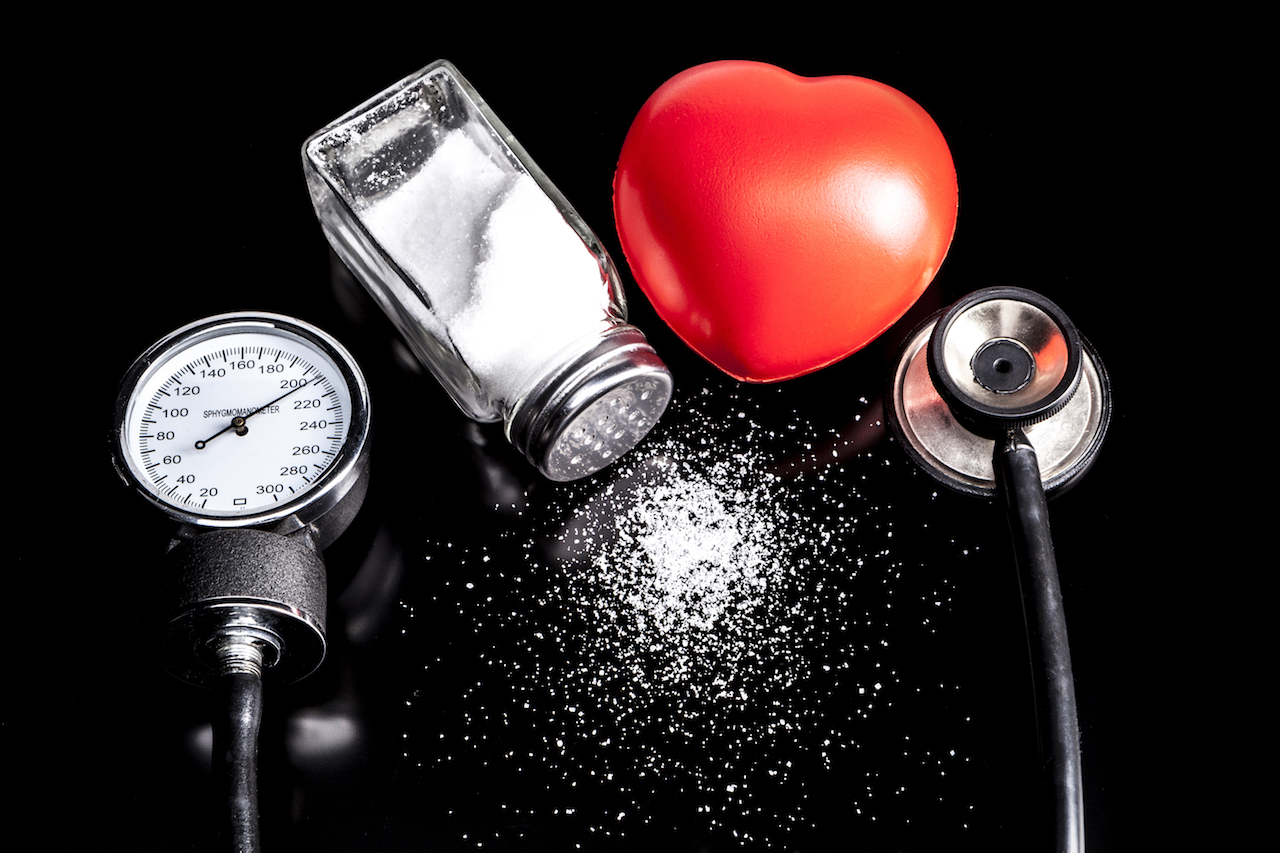Potassium, just like other minerals play an integral part in how your body functions. Unfortunately, your body can’t produce potassium on its own, so it must come from your diet.
Potassium is also known as an electrolyte. Electrolytes assist your body with essential functions, including:
- Digestion
- Blood pressure
- Muscle contractions
- Nerve impulses
- Maintaining water balance
- Heart rhythm
- pH balance
Taking in too much or too little potassium could lead to serious health problems. A potassium deficiency is called hypokalaemia and an overload is known as hyperkalaemia.
Hypokalaemia
Potassium deficiency is often caused by an underlying condition. Common ones could include:
- Magnesium deficiency
- Regularly using penicillin-based antibiotics
- Kidney disease
- Vomiting, diarrhoea and excessive sweating
Symptoms of hypokalaemia vary depending on the severity of the deficiency. If it’s temporary, you may not have any symptoms. For example, you could experience a temporary potassium deficiency after a workout. Once you eat and drink enough water, it should stabilise.
Symptoms of hypokalaemia include:
- Muscle spasms or cramping
- Irregular heartbeat
- Extreme fatigue
- Weakness
- Constipation
- Nausea and vomiting
Treating hypokalaemia
A potassium deficiency is usually diagnosed with a blood test. If your doctor finds that you have hypokalaemia, potassium supplements are usually the first line of treatment.
If your kidneys are healthy, then supplements would usually be effective. For a severe potassium deficiency, you may need IV treatment (delivers fluid medication directly into a vein).
If there’s too much sodium in your body, you may also be given diuretics (water pills which help you urinate) to help balance out the electrolyte levels.
Hyperkalaemia
Too much potassium in the body is rare, particularly if you eat a balanced diet. The most common symptom of too much potassium, is an abnormal heartbeat.
Some of the risk factors for hyperkalaemia include:
- Kidney disease
- Too much exercise
- Chemotherapy
- Taking too many potassium supplements
- Diabetes
- Severe burns
If you have mild hyperkalaemia, your doctor may prescribe medication that will give your body a potassium boost.
Severe cases require more treatment and could involve kidney dialysis to remove excess potassium. This procedure is usually used in cases of kidney failure. Insulin or glucose may also be recommended. These help to transport potassium from the blood to your cells for removal.
The final word on potassium
If you don’t have any of the risk factors for hypokalaemia or hyperkalaemia, then changes in body potassium shouldn’t be a concern. Having healthy kidneys should also be enough to regulate your potassium levels.
If you have any conditions that could affect your potassium levels they should be monitored. Talk to your doctor if you suspect a deficiency or overdose, along with any unusual symptoms.


